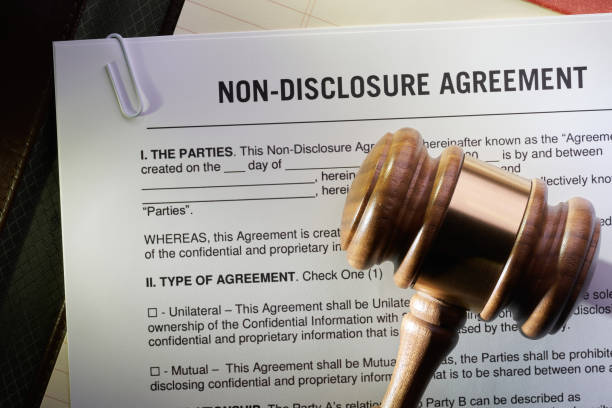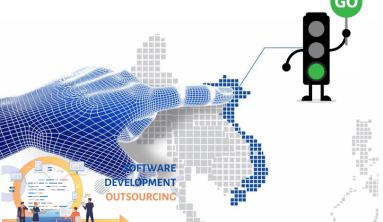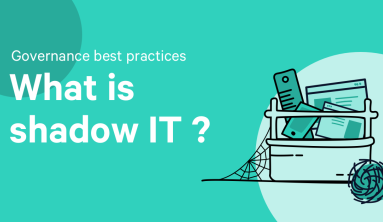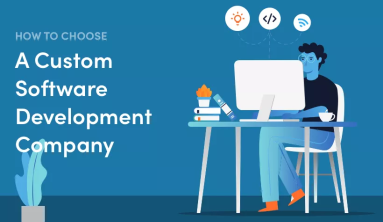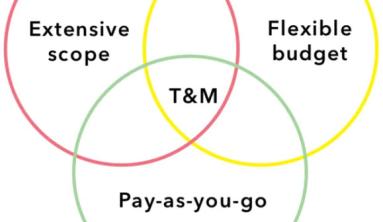Before you kick off with the software outsourcing project or the IT recruitment processes, you should consider signing an NDA, meaning a Non-Disclosure Agreement. What is NDA, why is it important in software outsourcing and how to prepare it?
What is NDA?
A Non-Disclosure Agreement, also called NDA, is a specific type of contract that helps companies to protect the confidential information that they share with their contractors from being revealed to a third party.
There are two basic types of non-disclosure agreements in software outsourcing:
- Unilateral NDA – only one of the parties agrees to protect the information received from the other party. This is the most common type of non-disclosure agreement that allows companies to protect their business and strategic information.
- Mutual NDA – both parties agree to protect each other’s sensitive information. In software development, mutual NDA may protect both company’s strategic information and the contractor’s technological information.
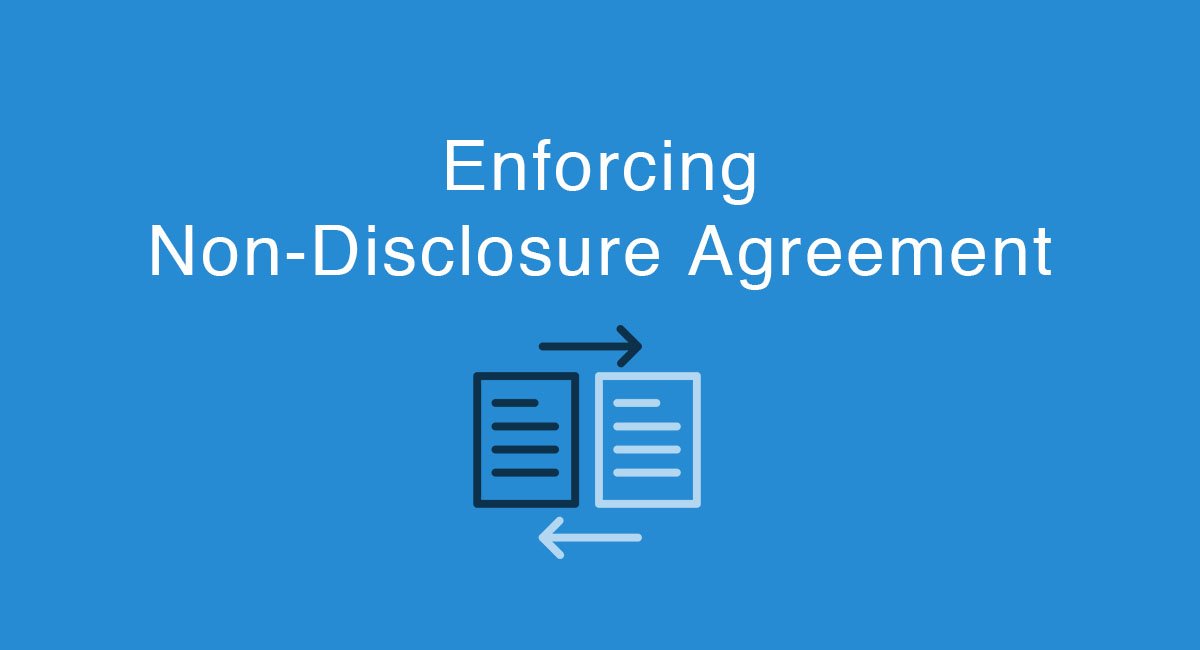
An NDA is not mandatory in software outsourcing or the recruitment processes. However, this kind of agreement helps to protect the company’s innovative projects, trade secrets, business strategies, and other sensitive information (related to finances, marketing, HR policies, etc.). Signing an NDA with the contractors, third-party companies or newly hired employees mitigates the risk of making confidential information public.
Non-disclosure agreements can be signed by multiple parties (including investors as a third-party) and at any time. But it is wise to sign a confidentiality agreement BEFORE you reveal the details of your future project.
Typical NDA may:
- include a written agreement not to disclose information.
- protect patent rights or intellectual property rights.
- include exclusions from confidential information.
- include a duration NDA stays valid (How long are NDAs valid? Typically it’s 2, 3, or 5 years).
- set remedies for a breach of contract.
- specify a governing law under which jurisdiction issues will be resolved.
Some countries like India, Vietnam... requires NDA to be stamped in order to be valid. In other countries, NDA can be just signed by a CEO in order to become a valid enforceable document.
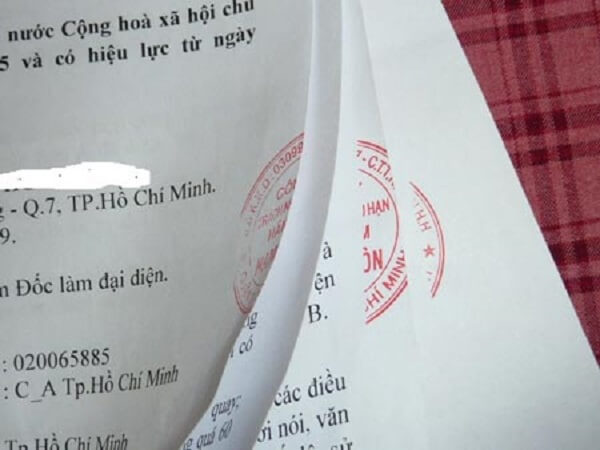
Non-disclosure agreement software outsourcing
So, how to prepare a non-disclosure agreement? What kind of information must be included in an NDA?
- Name of the parties
Although it’s an obvious part of every agreement, in the NDA it’s particularly crucial. The contract must precise who is receiving the confidential information and is obliged to protect it. So, in case of cooperating with a software development company, it is recommended to mention all the team members that may require access to sensitive information, such as graphics or UX designers, product or account managers, etc.
- Definition of confidential information
Not every information shared with a partner or contractor is confidential. A non-disclosure agreement should precisely define what kind of information is considered sensitive, and in what form of communication (oral or written).
- The extent of using confidential information
Sensitive information is never shared for no reason – usually, there are revealed to be used in performing required tasks. An NDA agreement can be then used to limit the scope of using confidential information, for example only to tasks essential to complete the project.
- Duration of the agreement
The duration of the agreement shouldn’t be unlimited. It is usually defined as a period from 2 to 5 years. Moreover, the NDA may become inactive in case the information considered confidential is being made public.
- Liability for financial damages
In order to protect the sensitive information even more effectively, the disclosing party may impose contractual penalties that the contractor is obliged to pay in case of breaching the agreement.
- Confidentially exceptions
The NDA may also precise the cases in which the information cannot be kept confidential, and its revealing cannot be held accountable. For example, it may be applied when its publishing is required by the authorities in order to conduct a legal investigation, or when the receiving party got access to the information from a third party that was not bound by the NDA.
Legal Penalties in the U.S.
These penalties will usually be related to the nature and severity of the actions that violated the NDA. For example, some typical penalties for breaking a non-disclosure agreement include:
- A fine
- Contract termination
- Loss of future job prospects
- Restitution of the value of the stolen information
NDA software outsourcing tips
So, before you proceed with writing your non-disclosure agreement, we have a few tips for you. We highly recommend to:
- Verify whether signing NDA is essential. In the case of simple projects that don’t require sharing sensitive information, an excess of legalities may severely slow down the process.
- Secure your confidential information yourself. In case the information is being revealed on your side, the NDA becomes ineffective.
- Collect evidence of agreement breaches. In order to execute receiving compensation, you will be obliged to prove the agreement violation to the contractor.
Bottom Line
A typical outsourcing development company spends thousands on marketing activities and client acquisition. Therefore, NDA penalties and fines can be nothing compared to the reputational damage a client can inflict.
In addition, keep in mind that there may be little to no profit a company can gain by revealing the client’s information. If you still want to play it safe, we can sign a Non-Compete Agreements (NCA) that will forbid us to work with any other company over the same idea.
